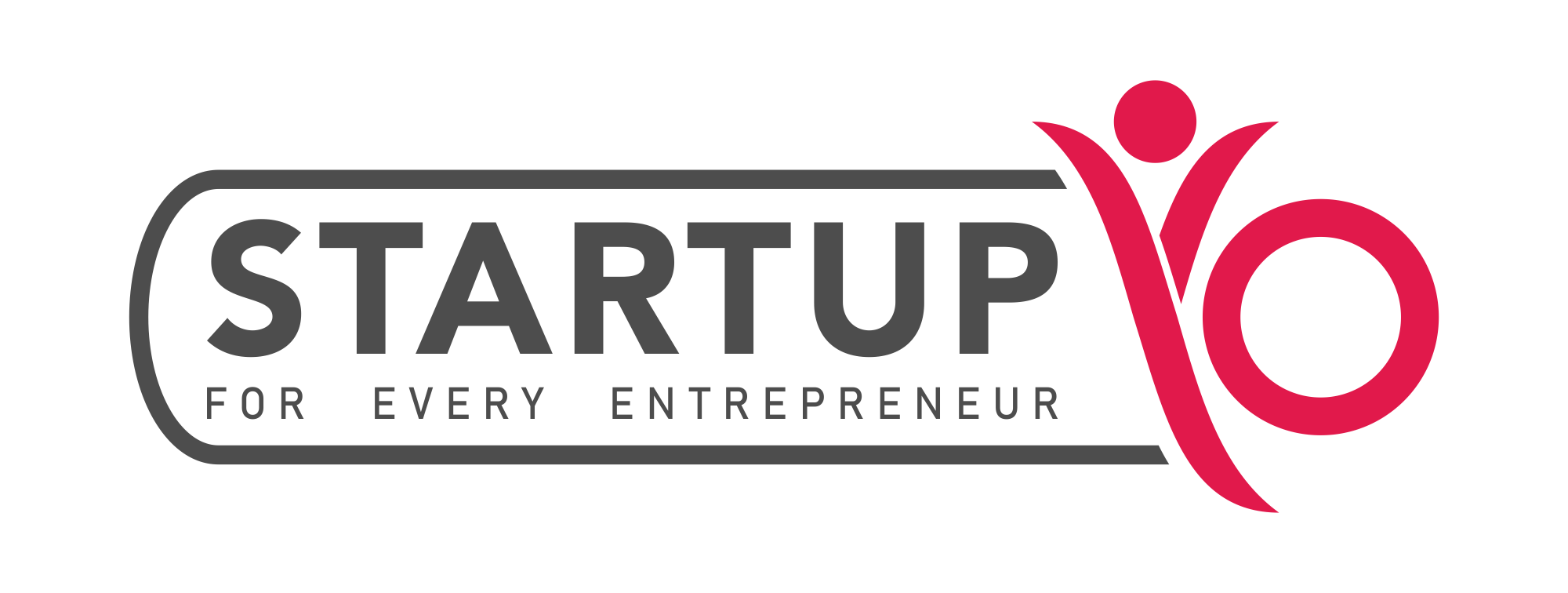Overview
When a firm borrows money, it does it for a particular reason. In the same way, all loans create a debt, which must be repaid with additional interest, and so does this one. These include bank loans, mezzanine financing, asset-based financing, invoice-based financing, microloans, company cash advances, and cash flow loans.
Top 14 Types of Business Loans
At times, managing a company’s finances may be a challenge. For example, if you run a company in today’s fast-paced climate, you may think about how best to finance a specific business requirement.
Assets like land, a factory or shop, new equipment, working capital and essential running expenditures like overheads and wages are all examples of a business’s need to succeed.
If you’re looking for a particular form of business loan in India, it’s crucial to know what’s there. Entrepreneurs in India may take advantage of 13 distinct forms of business loans.
1. Term Loan
In business, a term loan is one of the most prevalent forms of financing. Loans may be classified as either secured or unsecured. The amount that may be borrowed depends on the firm’s credit history. For unsecured business loans, the term may range from one to five years; it can be as long as 15 to 20 years for secured company loans. A term loan is a short-term loan obtained for a specified reason, most often to fund capital expenditures like construction. Approved funds are paid to the borrower in a single lump payment.
2.Working Capital Loan
Businesses utilise working capital loans to fund everyday operations, including the purchase of machinery and equipment, cash flow management, raw material purchases, inventory expansion, and the payment of wages, among other things. Most short-term working capital loans have payback terms of up to 12 months.
Because the borrower doesn’t have to put up any collateral or security, this loan is also known as a collateral-free loan. Compared to long-term or general business loans, the interest rate is a little higher. The bank restricts the amount of money a firm may borrow, and the money can only be used for commercial reasons.
3. Invoice Financing
Invoice discounting or factoring is another name for this practice. This sort of finance is designed specifically for small firms that experience a delay in collecting payment from customers after issuing invoices. The financial institution lends money against the invoice’s total amount raised. For example, the lender might finance up to 80% of the invoice. Clearing the debt is done by the agreed-upon interest rate as soon as the payment is received.
For Example
Suppose you sold items to Mr Singh, and he gave you a letter of credit from the bank for 45 days; if you wish to receive the money from the bank before 45 days, the bank will charge you some interest rate, which in turn will be considered a discount for the seller. Assuming you were expected to get Rs. 10 lakh after 45 days, you now receive Rs. 9,50,000 from the bank as a discount or interest rate of Rs. 50,000. This is the amount you were originally scheduled to receive. However, on the 45th day, the buyer will still deposit Rs. 10 lakh to the bank.
Read More: How to Get Business Loan in ICICI Bank ?
4. Business Loan for Women
Special business lending programmes for women entrepreneurs are available from several financial institutions. To encourage women to start small enterprises, even India’s government has implemented programmes to help them do so. Among the benefits of women-specific loans are the more flexible loan amounts, lower start-up costs, lower conventional interest rates, and a shorter loan application procedure.
5. Merchant Cash Advance
Here, a part of daily debit card sales or credit is given to the financial institution as an advance on the amount of money it has on hand. As a result, a percentage of each day’s credit sales must be set aside to pay back the advance. There must be enough money in the borrower’s account to make the payments.
With a merchant cash advance, a person is only responsible for making payments based on their daily sales. This means that one may pay back less money if the company’s performing poorly; on the other hand if the company is doing well, one can pay back more.
6. Point-of-Sale (POS) Loans
With the help of their daily or future credit or debit card transactions, company owners that manage companies may pay a lump sum to suppliers in advance, known as POS Loans or Merchant Cash Advances. As a result, small and medium-sized enterprises (SMEs) merchants sometimes face short-term liquidity shortages.
This is why merchants turn to point sale loans to alleviate their company’s financial problems. Unfortunately, POS loans have a higher interest rate than most other company loans. Installed at retail establishments, supermarkets, and shopping malls, Point of Sales (POS) terminals let customers pay back their loans using a debit or credit card.
7. Start-up Loan
A start-up loan is a kind of financing provided to budding businesses. Such borrowers may have a poor credit history because of a lack of business experience. Because of this, when determining whether or not to provide a business loan, lenders consider both the applicant’s personal and commercial credit profiles. Several factors determine the loan amount, length of time, and interest rate. There must be documentation of the business’s existence and registration, and the applicant must also provide such proof.
8. Equipment Financing
Equipment finance and machinery loans are most often used by manufacturing enterprises. To run their businesses, manufacturing companies need expensive equipment. Therefore, equipment finance is the most popular company loan when it comes to purchasing equipment.
This is because machinery loans are specialised and are secured by a particular piece of equipment and other assets. As a result, term deposit interest rates may be lower than those offered by savings accounts.
9. Overdraft
A financial institution’s overdraft capacity is backed by assets or other forms of collateral, most often long-term deposits. Preliminary considerations include the borrower’s credit history and history of repayment and the company’s cash flow and connection with the lending institution. The borrower may take out the amount they need and pay interest on the amount they use. However, you must repay the principal and interest in full by the agreed-upon date to utilise these funds.
10. Business Credit Card
Even though a company credit card isn’t the first choice for financing requirements, it’s a superb short-term and rapid funding alternative. A business credit card is a good alternative for a company owner who needs immediate cash and wants to receive benefits for making debt payments.
Several financial institutions provide perks like initial cashback on spending, protection/insurance cover, etc., to entice clients to use this sort of finance. On the other hand, traditional business loans may charge higher interest rates.
11. Crowdfunding
Small businesses and startups can obtain capital from a wide range of potential backers by use of a process known as crowdsourcing. Potential investors listen to the small business’s proposal, and if the concept resonates with them, they contribute money to the venture. A company seeking funding must devise a plan and publicise its efforts to attract investors.
12. Commercial Real Estate Loan
Commercial real estate loans may be used to buy or improve commercial properties. These options are possible with these finances, including purchasing an already-existing home, adding to an already-existing property, and creating a new one. Long-term commercial real estate loan repayment periods of 20 or 30 years.
13. Small Business Administration (SBA) Loan
The federal government established the Small Business Administration (SBA) to help small company owners with a wide range of issues; the federal government established the Small Business Administration (SBA). The SBA’s low-cost, government-backed lending programmes are one of the most valuable features.
The Small Business Administration (SBA) does not provide loans to small enterprises. Instead, the SBA collaborates with financial institutions like banks and non-profit organisations. As a result, lower interest rates and better conditions are available to borrowers who take advantage of SBA-backed loans.
14. Asset-based Finance
Asset-based financing, formerly considered a last-ditch alternative, has grown more popular among small firms that lack the credit rating or track record to qualify for more traditional types of funding.
The lender looks at the quality of the collateral rather than the company’s credit rating or prospects when making a loan against one of the company’s assets. There are a variety of assets that may be used to secure a loan for a firm.
Read More: How to Get Business Loan in IDBI Bank ?
Features of Loans
Loans aren’t handed out for free. Interest is a kind of compensation for borrowing money from a lender. It’s critical to understand if the interest rate is set in stone or subject to change. The interest rate on a loan with a fixed term is the same throughout the loan term, and the time it takes to pay it back.
A variable interest rate is one whose value is subject to change depending on a wide range of factors. Payback length (months or years) and collateral are two more aspects to consider while evaluating a business loan application.
Function of Loans
To cover costs that they cannot cover on their own, businesses borrow money in a business loan. For example, some businesses utilise business loans to pay salaries and wages until their new firm gets off the ground. In contrast, others use borrowed cash to purchase office supplies and merchandise.
Lenders want to know how a company plans to spend the money it borrows, so business owners should have a detailed plan before applying for a loan. In addition, lenders may reject your loan application if you don’t impress them with your professionalism.
Factors Affecting Acceptance of Applications
Business loans enable businesses to grow, address short-term cash flow issues, and capitalise on instant possibilities. As a result, loans are in great demand, but not every business will be approved. When a business applies for a loan, lenders consider the firm’s history, the amount of debt it owes, and if the business seems dangerous.
Risky firms, such as startups, are often denied standard financing. Businesses that take out high-interest loans should make arrangements to repay the debt as early as possible to avoid the interest accruing to an excessive level. Loans with a high-interest rate are best utilised for short-term funding needs.
Secured and Unsecured Business Loans
Secured or unsecured business loans are available. A secured loan is when the borrower promises an asset (such as a plant, equipment, stock, or cars) as collateral for the loan. If the lender does not receive payment on the obligation, the lender may seize the secured asset.
Unsecured loans lack security, although the lender retains a broad claim on the borrower’s assets in the event of default. In the event of a borrower’s bankruptcy, unsecured creditors typically recover a lower percentage of their claims than secured creditors. As a result, secured loans often have a lower interest rate.
Lenders making business loans often utilize a UCC filing to notify other creditors of their security interest in the firm’s property. UCC filings may be made against particular assets or all property. As a result, UCC filings may hurt a business’s credit score and make obtaining future funding more difficult.
Conclusion
It’s best to choose a business loan based on your company’s unique needs and circumstances. A company owner may use this information to determine which funding is ideal for their operation.
Loans for small businesses of all kinds are available here in India. In the end you would be deciding what funding would you need for your business.



